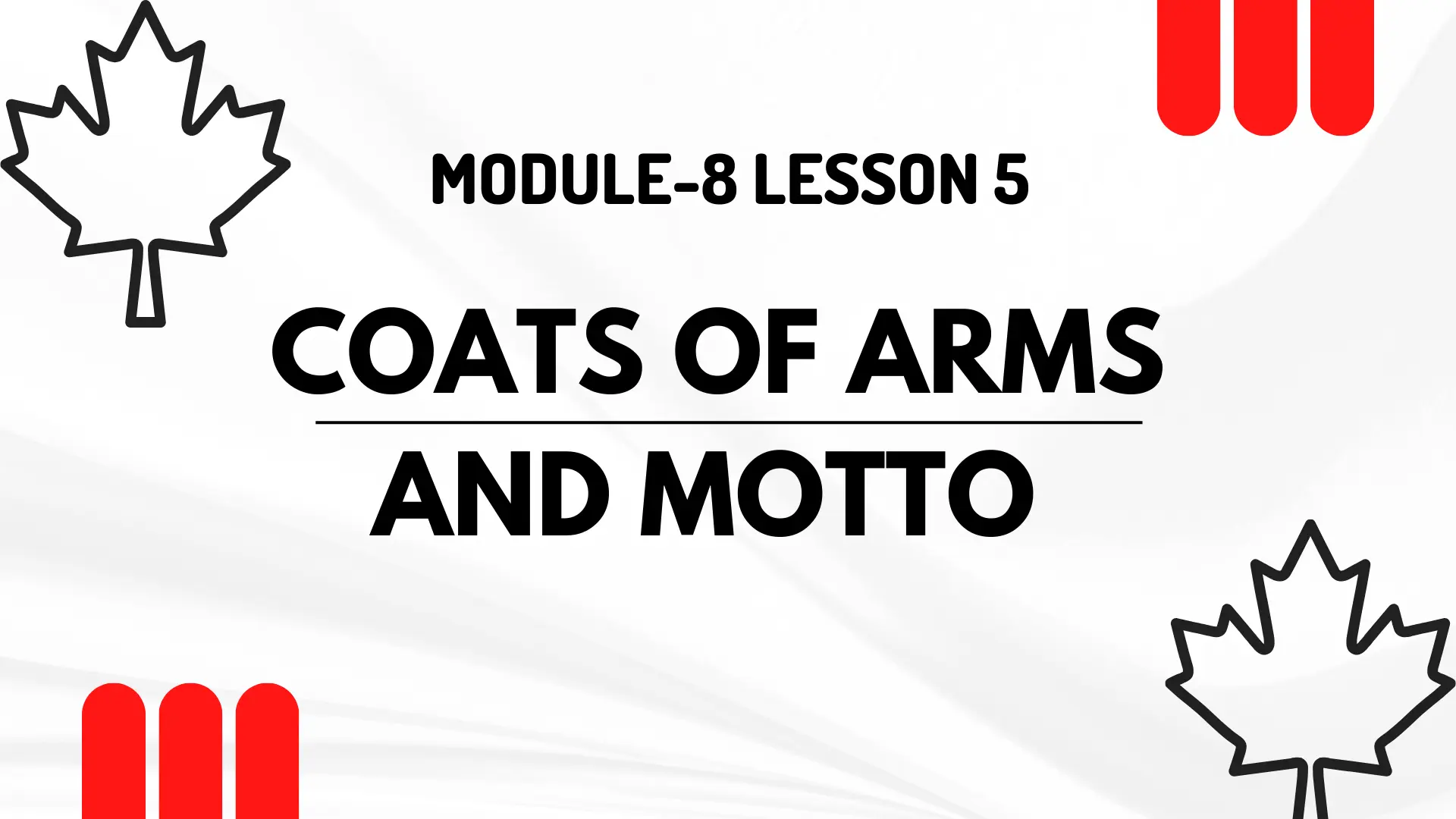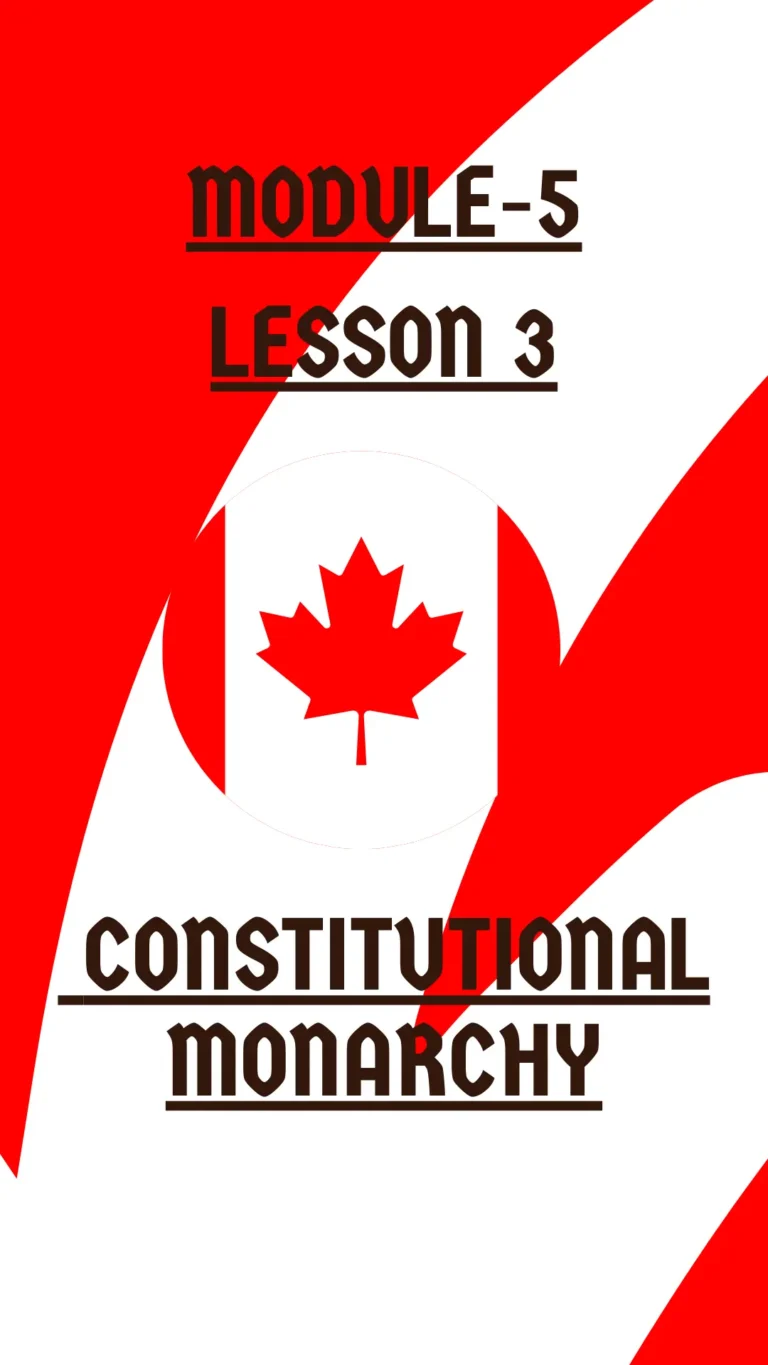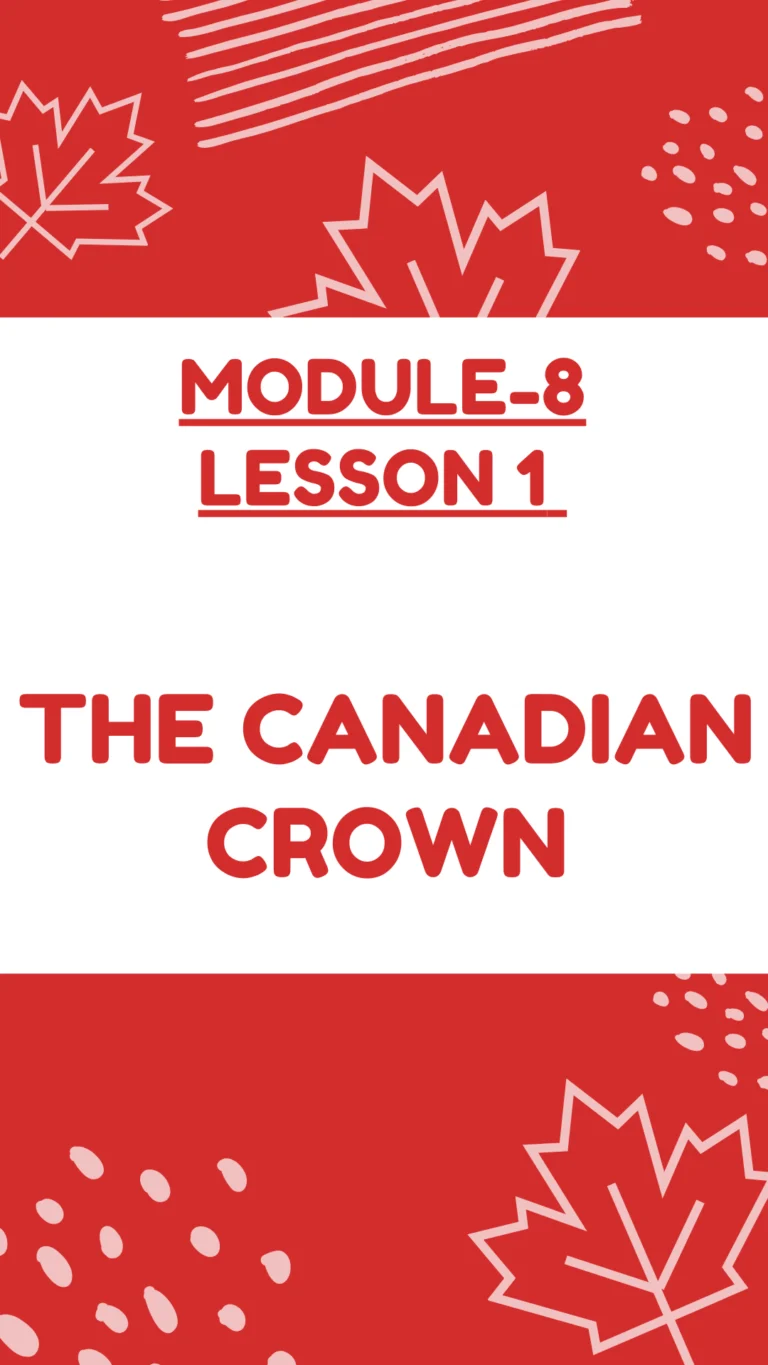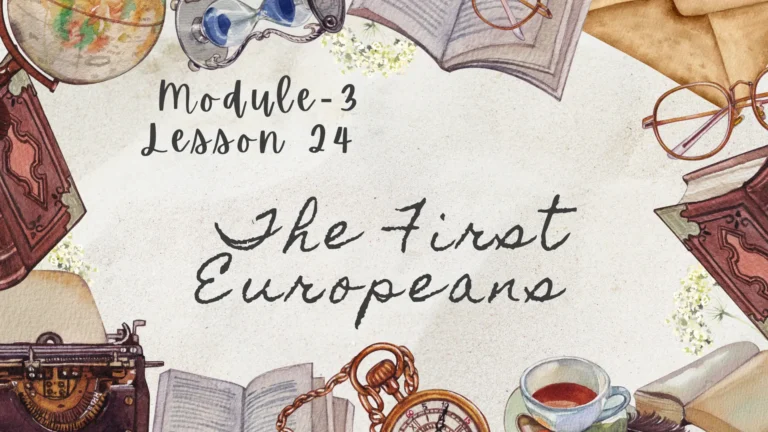Module-8 Lesson 5 Coats of Arms and Motto
Canada is adorned with a unique and diverse array of coats of arms and mottos that encapsulate the essence of its identity. Canada, a nation known for its vast landscapes, multicultural society, and rich history. From the emblematic symbols of its provinces and territories to the national coat of arms, each heraldic design tells a story of heritage, unity, and the values that define the Canadian spirit.
I. The National Coat of Arms:
The Canadian national coat of arms, adopted officially in 1921, is a powerful representation of the country’s historical roots and its aspirations for the future. Comprising various symbols, the design reflects Canada’s connection to the British Commonwealth while also asserting its independent identity.
At the center of the coat of arms stands the majestic shield featuring the royal symbols of England, France, Scotland, and Ireland. These symbols, known as the Royal Arms of the United Kingdom, emphasize Canada’s historical ties to these nations. Above the shield, the iconic maple leaves symbolize the country’s natural beauty and are a distinctive Canadian emblem.
The supporters, a lion and a unicorn, are also borrowed from the Royal Arms, showcasing Canada’s constitutional monarchy. The motto “A Mari Usque Ad Mare,” meaning “From Sea to Sea” in Latin, is inscribed at the bottom of the coat of arms, emphasizing the vastness and inclusivity of the nation.
II. Provincial and Territorial Coats of Arms:
Canada’s provinces and territories each have their own unique coats of arms, providing a glimpse into their individual histories and characteristics. For example, Ontario’s coat of arms features symbols like a bear and a moose, representing the province’s rich wildlife. The Latin motto “Ut Incepit Fidelis Sic Permanet” translates to “Loyal She Began, Loyal She Remains,” encapsulating the loyalty and endurance of the people.
In contrast, British Columbia’s coat of arms highlights its Pacific coastal location with images of the sun and waves. The Latin motto “Splendor Sine Occasu” translates to “Splendor Without Diminishment,” reflecting the province’s commitment to growth and prosperity.
The diverse range of symbols and mottos in provincial and territorial coats of arms not only reflects the unique identity of each region but also contributes to the overall mosaic that is Canada.
III. Indigenous Influence:
Recognizing the rich cultural heritage of Indigenous peoples, some provinces and territories have incorporated Indigenous symbols into their coats of arms. For instance, Nunavut, the newest territory, proudly displays an inuksuk, a traditional Inuit stone marker, symbolizing guidance and leadership. The blue and gold colors in the coat of arms represent the sky and the wealth of the land, respectively.
Manitoba’s coat of arms includes the buffalo, a sacred animal for many Indigenous communities, reflecting the province’s Indigenous heritage. The Latin motto “Gloriosus et Liber” translates to “Glorious and Free,” echoing the sentiment of the national anthem.
IV. Evolution of Canadian Mottos:
Canada’s mottos have evolved over time, reflecting the changing aspirations and values of the nation. The original national motto, “Desiderantes Meliorem Patriam” (They desire a better country), was later replaced by “A Mari Usque Ad Mare” to better encapsulate the vastness of Canada.
Additionally, the use of both English and French mottos, such as “Je me souviens” (I remember) in Quebec, reflects the bilingual and multicultural nature of the country. This linguistic duality is embedded in the very fabric of Canada, emphasizing the importance of both linguistic communities in shaping the nation’s identity.
Conclusion:

In conclusion, the coats of arms and mottos of Canada weave a rich tapestry that reflects the nation’s diverse heritage, values, and aspirations. From the national coat of arms symbolizing unity and independence to the individual provincial and territorial emblems celebrating regional identity, each heraldic design contributes to the mosaic that is Canada. As the country continues to evolve, so too will its symbols, ensuring that they remain a vibrant reflection of the nation’s past, present, and future.





